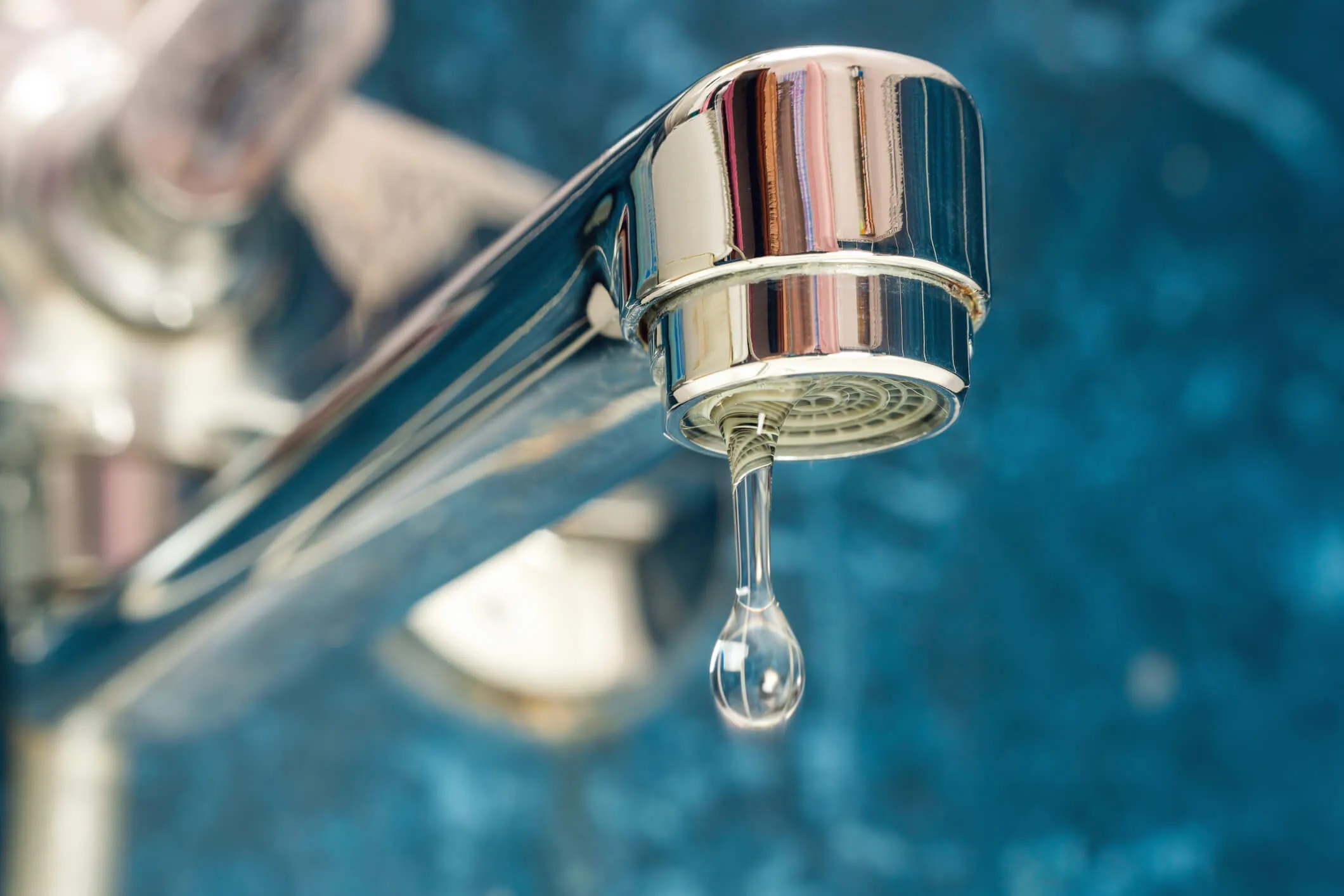Water-Efficient Plumbing Fixtures Save Water and Energy: Learn How
Saving water and energy is a wise and responsible move for your finances and the environment. Low-flow plumbing fixtures offer an effective solution to reduce water consumption without sacrificing performance. Discover the benefits of water-saving fixtures, how they stack up against older models and useful suggestions to conserve even more water in your daily routine.
How Much Water Will Low-Flow Fixtures Save?
These more efficient plumbing fixtures initially gained widespread traction around the 1990s. The popularity was primarily driven by heightened awareness of water conservation issues and our environmental footprint. The Energy Policy Act of 1992 established maximum flow rates for faucets, showerheads and toilets throughout the United Provinces, promoting the public adoption of low-flow fixtures. This legislation set the stage for more efficient plumbing technologies focused on reducing water consumption while maintaining the same level performance.
Take into account how much water low-flow fixtures need compared to their conventional counterparts:
- Faucets: Old faucets flow at about 2.2 gallons per minute (gpm), whereas low-flow faucets reduce to 1.5 gpm or less without reducing water pressure.
- Showerheads: The old standard for showerheads was 2.5 gpm. Low-flow designs for showerheads lower water consumption to 2.0 gpm or lower.
- Toilets: Older toilets may use as many as 7 gallons per flush (gpf). In contrast, the current federal standard maximum is 1.6 gpf, with a number of dual-flush models with averages as low as 1.28 gpf.
The Designs of Low-Flow Plumbing Fixtures
Low-flow fixtures take advantage of several design options to maintain performance while using less water. Here’s how they do it:
- Aerators: A number of low-flow faucets and showerheads include aerators, a component that mixes air with water to maintain pressure while still lowering the volume of water needed.
- Flow restrictors: Faucets with these devices restrict the amount of water that passes through the fixture while preventing a major drop in pressure.
- Dual-flush technology: Some toilets offer two flush buttons—one for liquid waste using less water, and a fuller flush for solid waste. This further controls water use based on need.
Four Advantages of Low-Flow Plumbing Fixtures
Switching to low-flow faucets, showerheads and toilets provides benefits in a number of ways:
- Reducing water waste: The EPA’s Water Sense program has estimated that you can save 700 gallons of water per year by replacing the old faucets in your home with new, low-flow versions.
- Smaller water bills: Low-flow fixtures help decrease your monthly utility bills by using less water. As a matter of fact, a WaterSense-labeled showerhead can save 4 gallons of water every time you shower, which adds up across its service life.
- Also helps with water heating costs: Using less water to shower, cook and clean means you also use less hot water, which increases your savings by helping cut water heating costs.
- Longer plumbing system life span: Reduced water flow also reduces wear and tear on your plumbing system, potentially lengthening its life and lowering the need for repairs.
Tips on How You Can Save Even More Water
While low-flow fixtures make a big difference by themselves, you can go further to conserve water every time you use the plumbing. Here are some of the most common:
- Take brief showers: Even if you own low-flow showerheads, you still use more water if you take too long. Cutting your shower time by a minute or two saves water and limits energy use.
- Shut off the water when you brush your teeth: Try and only leave the tap running if you’re actively using it. If you step away from the sink or spend the time to actually brush your teeth, shut off the faucet so you aren’t wasting water.
- Use dual-flush toilets appropriately: The dual-flush feature only works for you if everyone using that bathroom understands how to use it it. Start with the half-flush button for liquid waste and only press the full flush for solid waste. Certain handle-flush toilets now have dual-flush designs. A quick flush uses less water, while pressing and holding the handle empties the entire tank to wash away solid waste more effectively.
- Never flush trash: Toilets are exclusively designed to remove toilet paper and human waste. Flushing any other materials always wastes water and sharply increases the risk of clogs. Do your local plumber a favor by always disposing of facial tissues, paper towels, cotton balls and similar products in the trash can.
- Try and resolve leaks as soon as you can: Even low-flow fixtures could eventually leak, wasting water and lowering efficiency. Spend a few minutes every now and then checking for leaks and address any you find to maintain your water conservation efforts.
Upgrade to Low-Flow Plumbing Installation Today
Are you ready to cut your water usage and increase savings? McKinley Heating Service Experts is here to help! We install efficient low-flow faucets, showerheads and toilets to promote water and energy conservation. With our 100% satisfaction guarantee, you can trust us to follow through on the promise of superior products and services you need. When you’re ready to install low-flow plumbing fixtures or want more water conservation tips, please contact us today.

